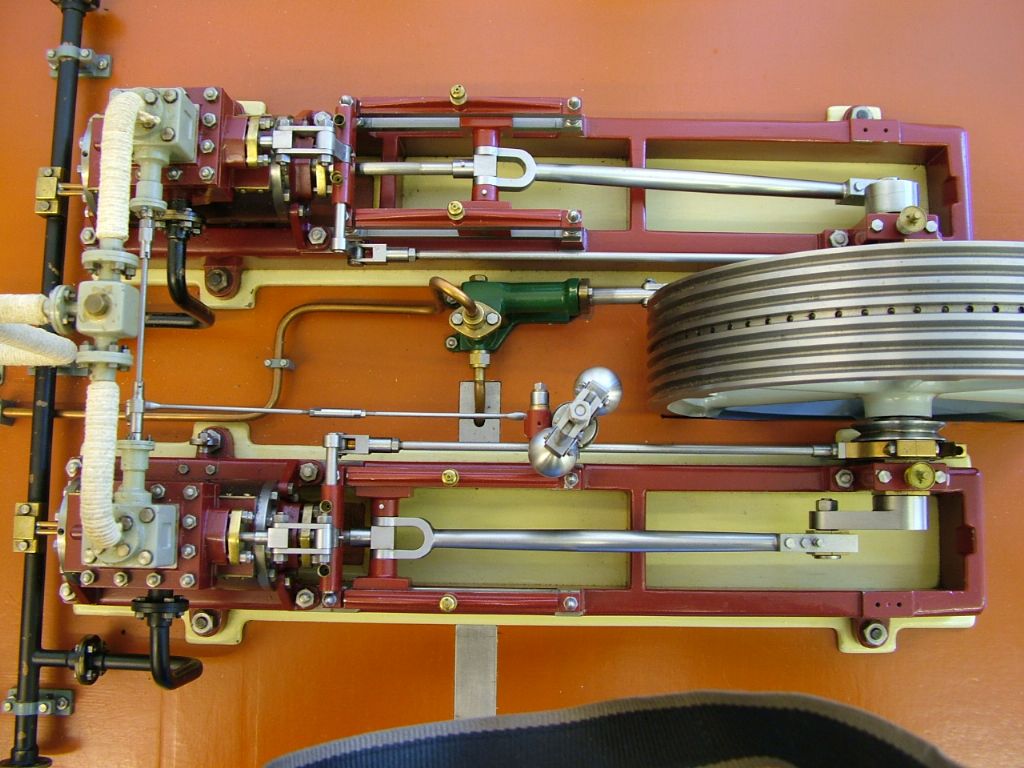Made a start.
Centred the brass block:

Drilled to 10mm so I could a) get a boring bar in, and b) give clearance for the crank spigot so I could test fit the crank shaft all the way along it’s journal:

Faced off to form a thrust face:

Then bored to a tight running fit on the crank:

Then took intermittent cuts on the square to form the o/ds of the bearing side faces:


Unfortunately this partially broke the solder joint; when I test fitted the crank again, oil slowly bubbled out of the joint.
Anyway, thought I might as well carry on, so formed the bearing holder groove with a parting blade – deeper cuts at each end:

Test fitted until the halves just about closed:

It fell apart after final parting, but after cleaning the faces it looked fine:





There is a bit of a gap left when the cap is screwed down to a good running fit. If fully tightened it gets a bit too tight for comfort (but still turns). I expect once it’s been lapped in it’ll be spot-on:

The parted-off face needs thinning a bit, but I can do that with wet & dry on the surface plate.
I did make a mistake and over-bored a bit of the block at first, but hopefully I’ve got enough left to clamp in the chuck and make the other. Anyway, so far so good. Thanks for the advice.
 JasonB.
JasonB.





























